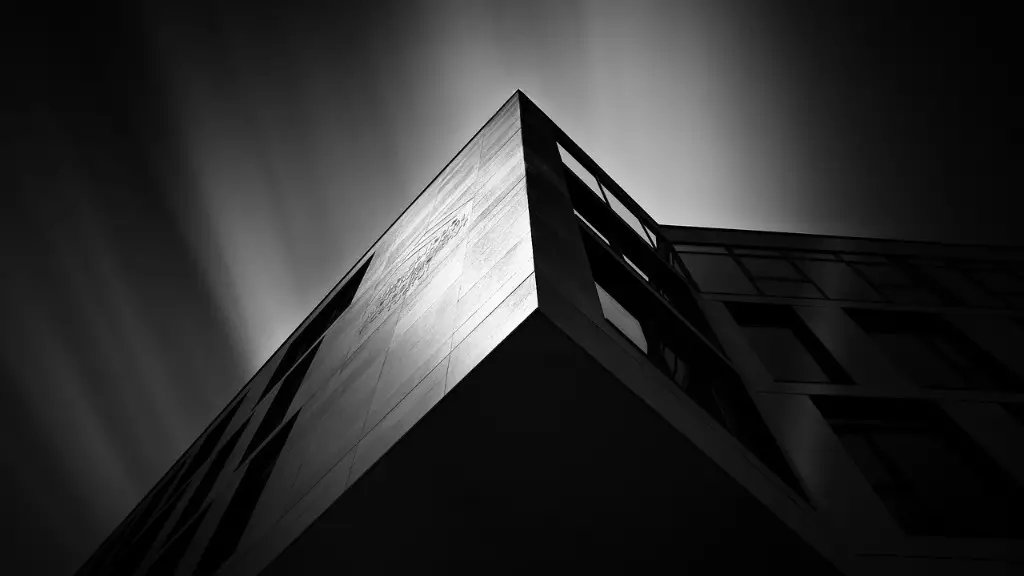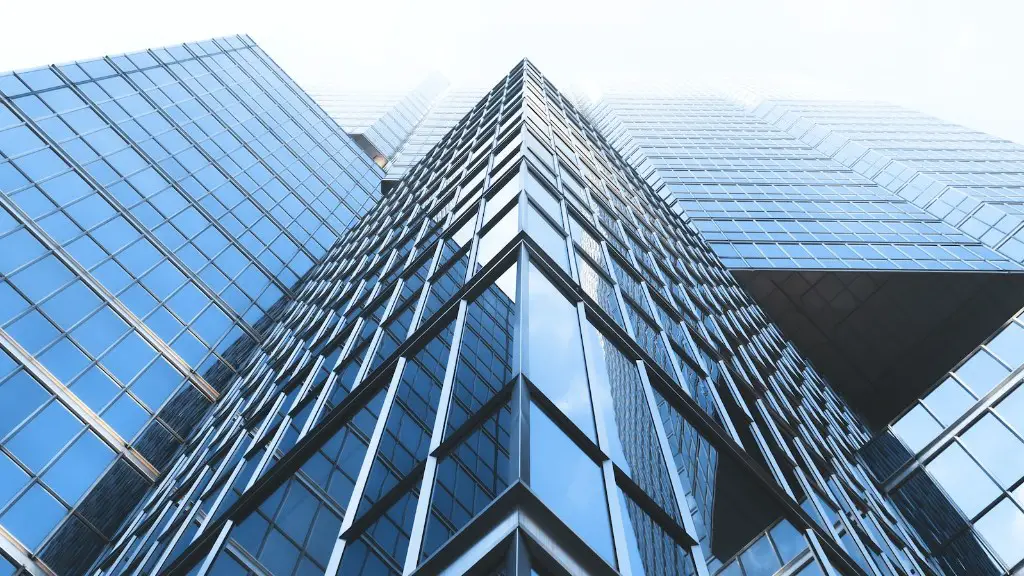Why Is Modern Architecture Important?
Modern architecture is an architectural development that has occurred over the past century, during which architects and engineers have become increasingly aware of the effects of their buildings, as well as the effects of their environment.Architects have also developed new materials and methods of construction.They are increasingly striving to create buildings that are energy efficient, have a better use of space, and, importantly, that have a long-term impact on their environment.
Modern architecture is important because it is a part of the culture of our society. It is not simply a style or aesthetic preference but a way to shape the environment for future generations. It is also important because of its potential for influencing social and political attitudes, as well as for its ability to enhance urban areas with its unique visual appeal, making living spaces and cities more livable.
Modern architecture is important because it often leads to improved quality of life. For example, modern buildings that are properly designed and constructed save energy and resources, while creating a healthier and more comfortable living environment. They also create more space and provide better access to natural light and air. Additionally, modern buildings often provide a sense of community and connection to nature by incorporating green and sustainable design elements.
Modern architecture has also provided a platform for innovative designs that optimize the energy performance and sustainability of buildings. Innovations such as green roofs, green walls and rainwater harvesting are becoming more commonplace in modern architecture, and architects are increasingly looking for ways to maximize their buildings’ environmental impact. Additionally, modern designs often incorporate nature and natural materials, blending inside and outside spaces to create a more integrated environment that is aesthetically pleasing and practical.
Modern architecture also has great potential for enhancing people’s lives. By creating spaces that are flexible, open, and inviting, modern architecture expands the potential of how people interact with their environment. This can be seen not just in residential buildings but also within cities, where design elements can be integrated into parks, public spaces and pedestrian networks to create more welcoming and accessible places to enjoy.
Finally, modern architecture is important because it helps bridge the gap between our current needs and the future. By creating greener, more efficient and ergonomic designs, modernarchitecture can help create a sustainable future. Not only is it important to create buildings that provide efficient energy use, but it is equally important to create structures that are visually stimulating, creating beautiful cities, neighborhoods and homes that will make people feel connected to their environment.
Architectural Benefits of Modern Architecture
The benefits of modern architecture are numerous and significant, including improved energy efficiency and resource conservation, enhanced urban spaces and neighborhoods, and an improved quality of life for those living in them. Modern architecture often focuses on sustainability, often incorporating green roofs and walls, blue roofs, and solar heating systems into their designs. By introducing green building practices and efficient energy use into their designs, architects have created buildings developed to provide comfort and convenience, while still minimizing energy consumption and material use.
Not only can modern architecture provide a healthier living environment by its efficient use of materials and energy, but its design elements can also enhance urban areas and create inviting public spaces. Architects are increasingly incorporating greenery and nature into their designs, creating a connection between the inside and outside, as well as between buildings and the surrounding environment. This results in cities and locations with a more livable, inviting atmosphere that gives off a sense of community.
Additionally, modern architecture provides architects with the ability to create buildings with greater flexibility and a wider range of materials. By utilizing modern materials such as steel and glass, architects are able to create buildings with greater strength and flexibility. These buildings are not only beneficial for their functionality, but they are also aesthetically pleasing, creating dynamic and unique public spaces.
Finally, modern architecture is beneficial because of its ability to meet our current needs while still providing viable long-term solutions. Modern buildings often have features such as green roofs and facades, as well as efficient energy and water use, that keep buildings up-to-date, functioning optimally, and supportive of the environment.
Challenges of Modern Architecture
Although modern architecture can provide benefits in terms of sustainability, efficiency, comfort and aesthetic appeal, it also poses some challenges that must be addressed. Modern architects must carefully consider these challenges when developing their buildings, as failure to do so can lead to potential problems.
One of the main challenges of modern architecture is cost. Although modern building materials are often less expensive than traditional materials, the cost of labor, equipment and other factors can be significant. This can often lead to buildings being constructed with compromised designs, materials or efficiencies which can lead to expensive repairs and maintenance down the line.
A second challenge is the complexity of modern designs. Many modern buildings are complex in terms of design and engineering and require a high level of oversight and accuracy. This means that architects and designers must be well versed in advanced construction techniques as well as have a high level of knowledge in energy efficiency, resource conservation and other relevant fields.
Finally, modern architecture must consider the impact it has on the environment. As modern buildings are becoming increasingly more energy efficient, it also requires a greater commitment to environmental responsibility. Architects must ensure that their designs factor in environmental concerns and best practices, minimizing their environmental impact and minimizing their contribution to pollution and global warming.
Collaboration and Communication in Modern Architecture
Modern architecture is not just about the materials, design, and engineering but also the process of collaboration and communication needed to create successful projects. As modern projects are often complex and involve many parties who must cooperate to create successful outcomes.
Having a clear direction at the beginning of a project is vital as it sets the tone for the project and clarifies roles throughout the process. Open communication is also important to ensure that everyone is working towards the same goal. Working together can help to alleviate problems through the sharing of knowledge and skills, as well as provide a shared understanding among those involved.
It is also important to allow for creativity and innovation during the process. Many successful modern buildings have been the result of forward-thinking architects who have pushed boundaries and explored alternatives. Giving architects and designers the freedom to think creatively can often lead to unexpected and inspiring designs that stand out from the crowd.
Finally, collaboration and communication are also essential once construction begins. Working with engineers and contractors to ensure your plans are executed as intended can help to ensure that the final project is successful and of the highest quality. Temporary communication tools such as video conferencing, whiteboards and project management software can also be helpful throughout the project, allowing for easier collaboration and a better understanding of progress and schedules throughout.
Conclusion
Modern architecture is an important component of our society and culture, providing benefits in terms of energy efficiency, resource conservation, and an improved quality of life. The design process is complex, requiring collaboration, communication and innovation in order to create successful projects. The future of architecture is sure to be exciting, as modern architects strive to create buildings that better serve their surrounding environment and people.




